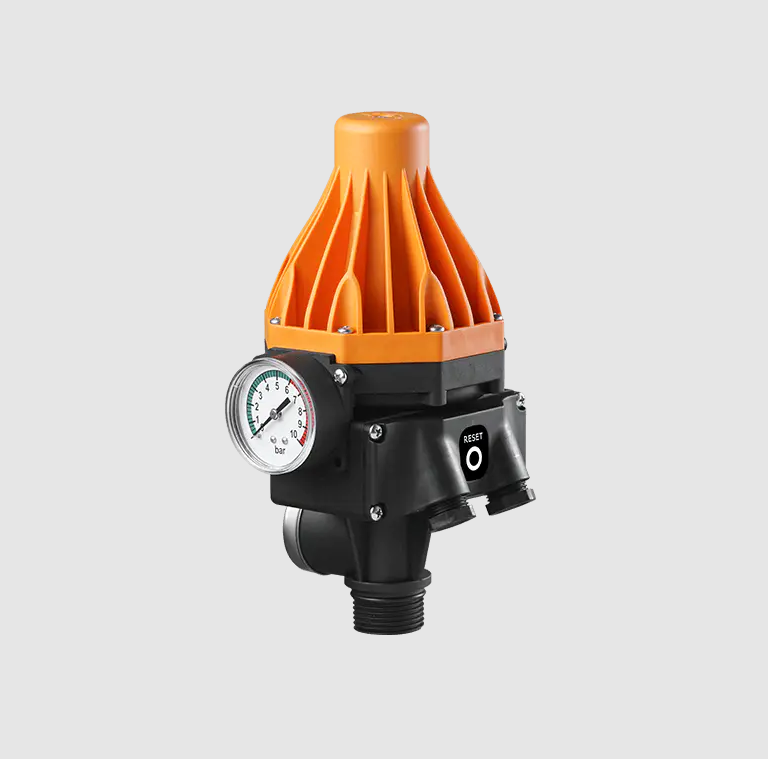Optimizing Energy Use with Advanced Automatic Pump Control Technologies

The energy consumption of Automatic Pump Control (APC) systems is a critical factor in today's environmentally conscious and cost-sensitive industrial landscape. As industries strive to reduce their carbon footprint and operational expenses, the focus on optimizing the energy efficiency of APC systems has never been more pertinent. This article explores the various aspects of energy consumption in Automatic Pump Control and the strategies employed to minimize it.
Automatic Pump Control systems are designed to regulate the flow of fluids in industrial processes, and their energy consumption is influenced by several factors. The type of pump, its size, the fluid being pumped, and the system's operational parameters all contribute to the overall energy usage. To understand the energy consumption of APC, it is essential to consider the pump's efficiency, which is often measured by its power rating and the head it can achieve.
One of the primary ways to reduce the energy consumption of Automatic Pump Control systems is by selecting the right pump for the specific application. Oversized pumps consume more energy than necessary, while undersized pumps may not meet the required flow rate, leading to inefficiencies. Therefore, matching the pump's capacity to the process demand is crucial. Modern APC systems often incorporate variable speed drives (VSDs), which allow the pump to operate at the optimal speed for the given flow demand, significantly reducing energy consumption compared to fixed-speed pumps.
Another significant factor in the energy consumption of Automatic Pump Control systems is the system's control strategy. Intelligent control systems can dynamically adjust the pump's operation based on real-time process data, ensuring that the pump operates at the most efficient point. These systems can also predict and compensate for changes in demand, further optimizing energy use. The integration of sensors and advanced algorithms in APC systems allows for precise control, reducing the energy wasted on over-pumping or under-pumping.
Maintenance and operational practices also play a role in the energy efficiency of Automatic Pump Control systems. Regular maintenance, such as aligning the pump and motor, ensuring proper lubrication, and replacing worn seals, can prevent energy losses due to friction and inefficiencies. Additionally, operators should be trained to monitor and adjust the system based on energy consumption data, which can help identify and rectify inefficiencies.
The design of the piping system and the use of energy recovery devices can also contribute to the energy efficiency of Automatic Pump Control systems. Proper pipe sizing, minimizing bends and elbows, and using straight runs can reduce the heat loss and, consequently, the energy required to pump the fluid. Energy recovery devices, such as pressure exchangers, can capture and reuse the energy from the fluid, further reducing the overall energy consumption.
In conclusion, the energy consumption of Automatic Pump Control systems is a multifaceted issue that can be addressed through a combination of appropriate pump selection, intelligent control strategies, diligent maintenance, and efficient system design. By focusing on these areas, industries can significantly reduce the energy consumption of their APC systems, leading to cost savings and a reduced environmental impact. As technology continues to advance, the potential for further improvements in the energy efficiency of Automatic Pump Control systems remains a promising area for research and development.
The working principle of the device adopts dual control of Pressure and flow. It goes auto-on and auto-off for the water pump when water pressure changes based on water consumption.
- Art
- Causes
- Crafts
- Dance
- Drinks
- Film
- Fitness
- Food
- Games
- Gardening
- Health
- Home
- Literature
- Music
- Networking
- Other
- Party
- Religion
- Shopping
- Sports
- Theater
- Wellness


